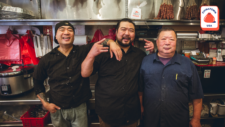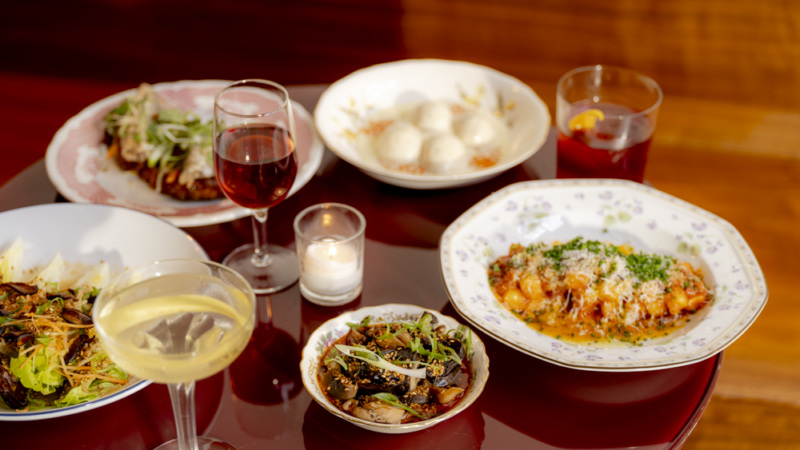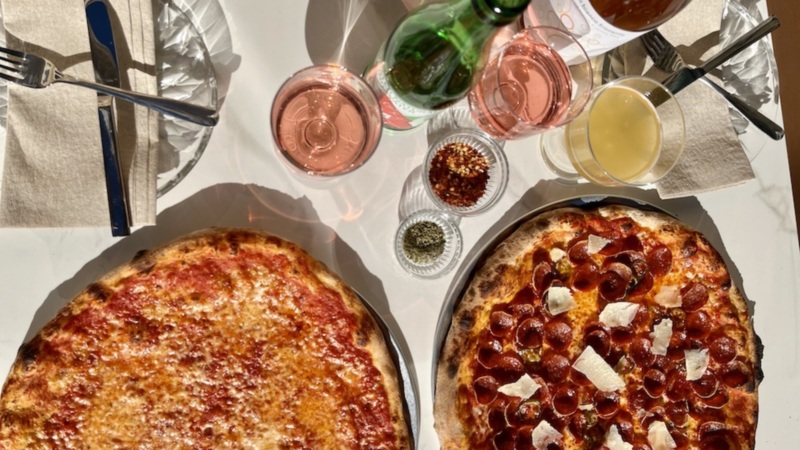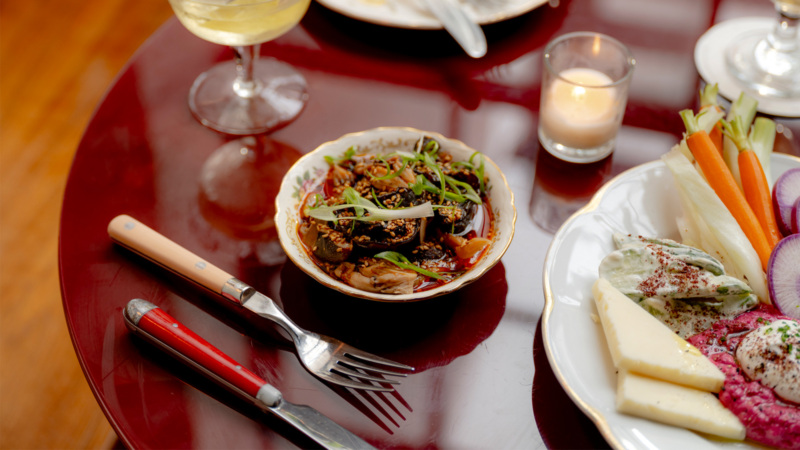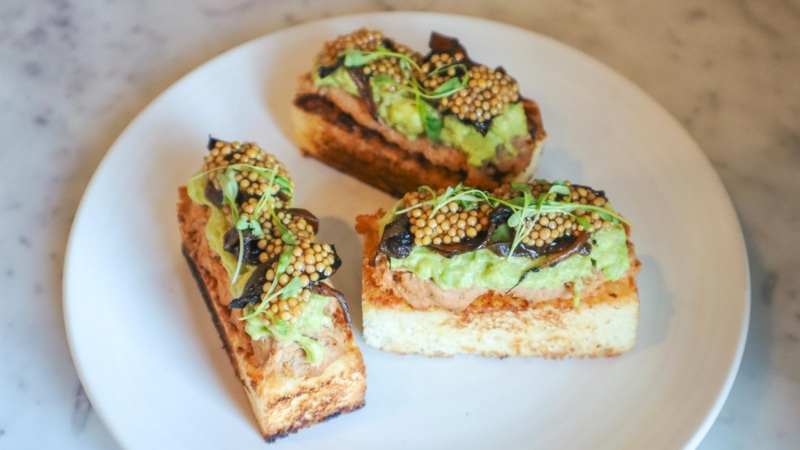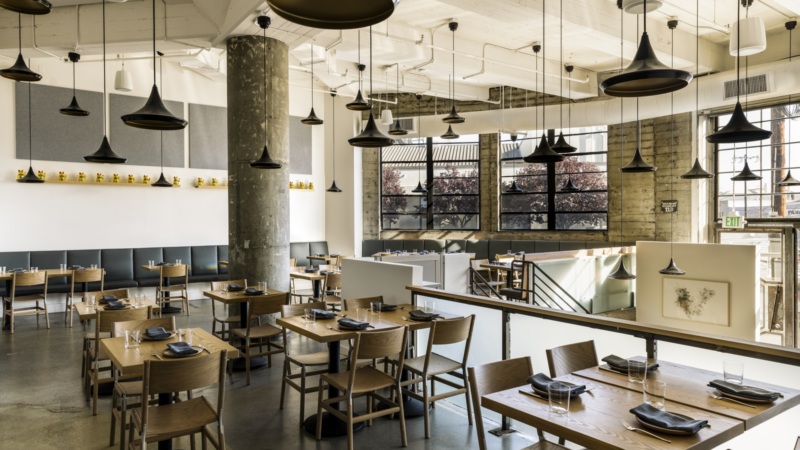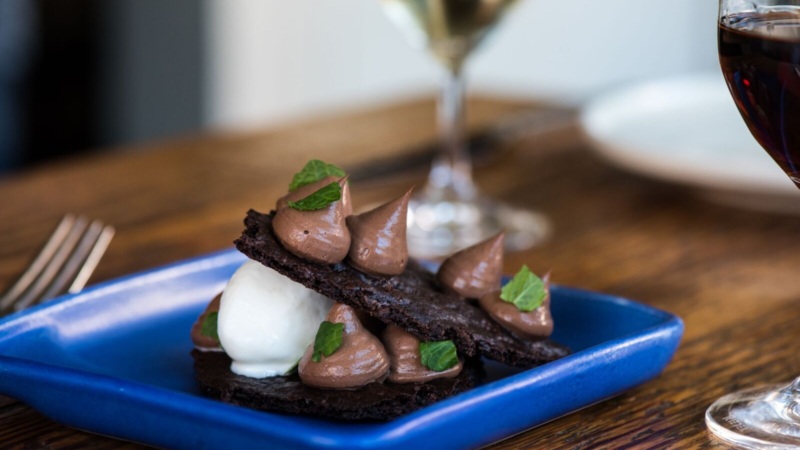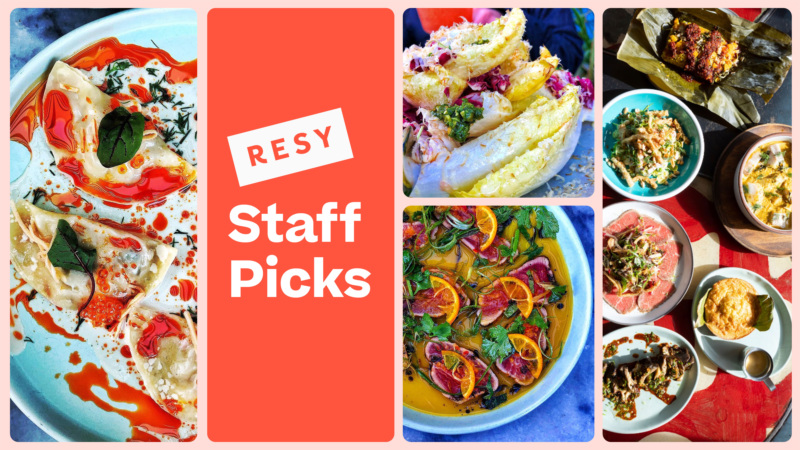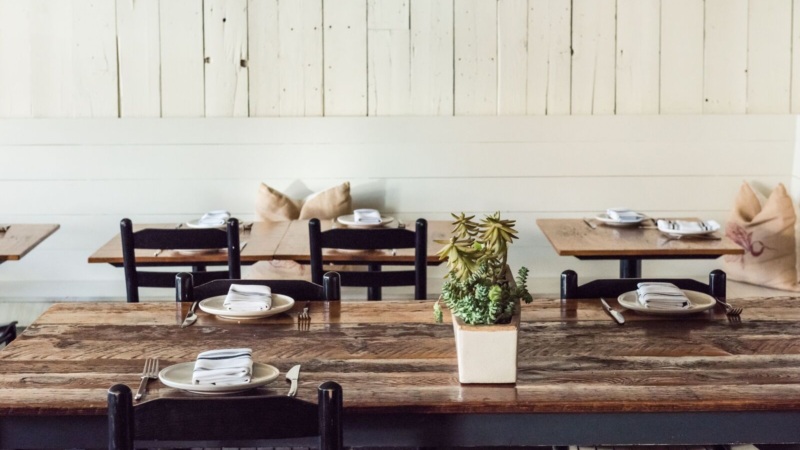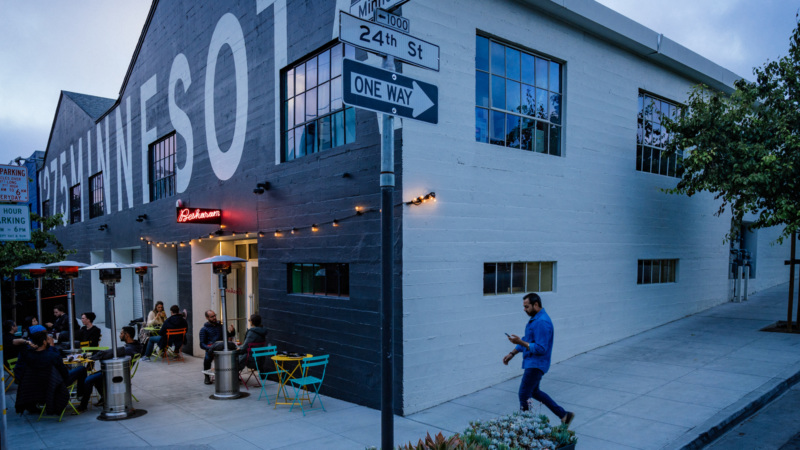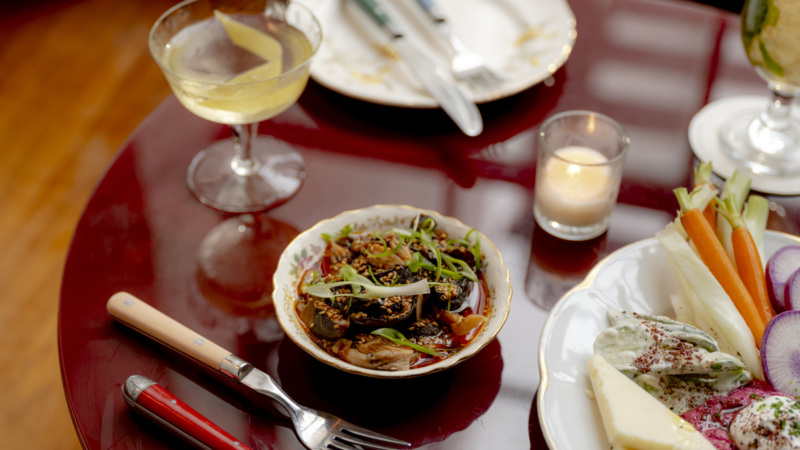
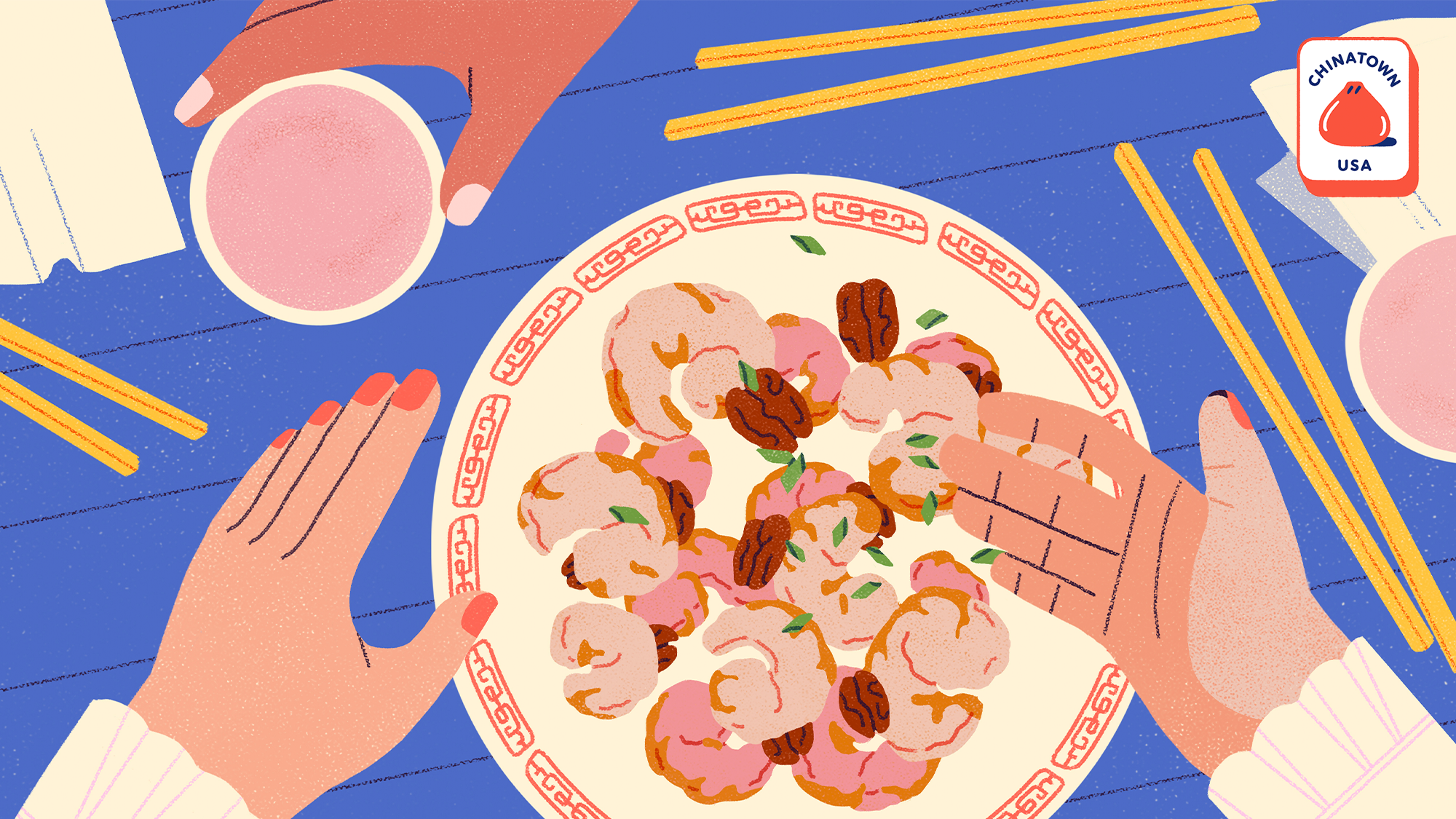
The Meaning of a Dish San Francisco Houston
The Chinese American Dish That Isn’t, Really
My mother does not care for honey walnut shrimp.
“It is not a normal Cantonese dish,” she says. Cantonese people like their seafood fresh — maybe with some green onions or ginger, but if it’s superbly fresh, then simply steamed. “They eat it the way it is.”
Honey walnut shrimp breaks these rules. The shrimp is lightly battered and fried, tossed in a sweet mayonnaise-based sauce, and topped with candied walnuts. I love the textures of the dish: the hard crunch of the walnuts, the springy chewiness of the shrimp. It has a bit of that crispy-gone-soggy feel from the fried shrimp coated in creamy sauce. It is best eaten right away, while it’s hot, while the shrimp maintains its crisp exterior.
When I was growing up in Houston, we dined out only occasionally, mostly because we were a frugal family, but also because back then, any decent Chinese restaurant was at minimum a good half-hour drive from our home.
If I was eating honey walnut shrimp, it meant not only that my family was out at a restaurant, but that we were with other people, enough family and friends to order the set menu. Honey walnut shrimp would appear as the third or fourth course, somewhere in the first half of the meal, after the soup, but before the lobster.
If I was eating honey walnut shrimp, it meant that we were celebrating something or someone. To me, it is a dish of togetherness.
Perhaps because of the seafood-mayo combination, there’s a misperception that honey walnut shrimp is an American Chinese invention. Rumor has it, though, that the dish originated in Hong Kong, then made its way to the United States in the 1980s and ’90s, perhaps as Hong Kong chefs moved stateside before the 1997 handover of the then-British colony to China.
Lawrence Chu of Chef Chu’s in Los Altos, California, remembers seeing the dish in Cantonese restaurants almost 40 years ago. He believes the origin story. “Hong Kong cooking is innovative,” he says. “The chefs are more young and creative, and not afraid of anything when it comes to new ideas.” He makes his own version with double-fried prawns and candied pecans.
Since the COVID lockdown, I’ve turned to cooking for comfort, recreating dishes I’ve returned to again and again in my life — like migas and spamsilog. Each dish carries memories of before. Recently, I tried making honey walnut shrimp for the first time, consulting a few recipes and taking the parts I liked from each. That the sauce contains condensed milk in addition to mayo and honey surprised me, though when I stop to think about it, of course it does. I doubled the amount of walnuts; there are never enough walnuts to my liking in the dish. But then I burned a good number of them because I didn’t watch them carefully.
For a first attempt, it wasn’t bad — a reasonable facsimile. Still, I prefer eating honey walnut shrimp at a restaurant.
The last time I ate the dish out was on a drizzly evening in early March this year. I met up with friends at Capital Restaurant in San Francisco Chinatown, a no-frills Cantonese spot up the hill on Clay Street. It’s the kind of place that lines the walls with laminated photos of their dishes. The menu is extensive, but you never wait long for your food. As the sole Cantonese speaker in our group of seven, I was in charge of ordering.
That evening in early March would turn out to be the last time I socialized with friends in person before the shelter-in-place order came down. It was one of those evenings where no one made plans exactly, but we came together and went from one thing to the next. Capital was just the second stop in our evening before we hit a bar, then the birthday party of someone only one of us knew.
I miss Capital’s honey walnut shrimp, and not just because the restaurant makes a better version than I do, but because it’s a dish to share, family style, going round and round the table on the lazy susan until none of it is left. It’s a dish to eat while spending time with others, talking about something, or nothing, in particular.
Looking back on that night, I don’t remember everything we ate. I do remember worrying that I had ordered too much — and then of course, we ate it all.
Melissa Hung is a writer, swimmer, and good eater. Her writing about culture and immigrant communities has appeared in NPR, Vogue, and Longreads. Follow her on Twitter. Follow Resy, too.





